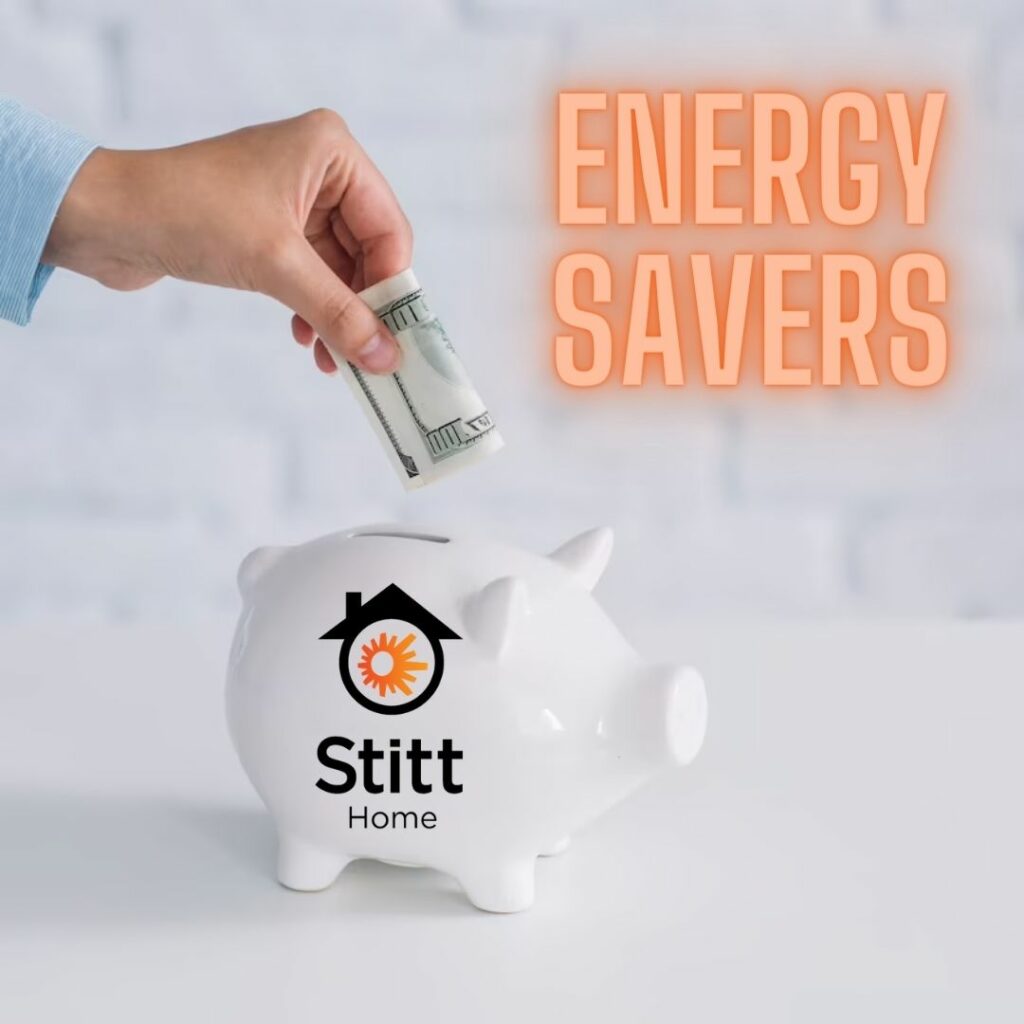As homeowners, we all want to keep our energy bills as low as possible. But sometimes, despite our best efforts, our energy bills can be higher than expected. There are several reasons why a home might have high energy bills:
Your home has poor insulation: Insulation is one of the most essential factors in keeping a home energy-efficient and, consequently, the most common cause of high energy bills. Poor insulation can cause heat to escape in the winter and enter in the summer, making your HVAC system work harder to maintain a comfortable temperature. Not being able to set a comfortable temperature in your home and constantly pay HVAC maintenance and reparation is an experience that most homeowners have in common in America.
Air leaks: Similar to poor insulation, air leaks around windows, doors, and vents can let in cold air in the winter and hot air in the summer, leading to increased energy usage. Even though a small crack or gap that might not be visible to the human eye, will have a significant impact on your energy usage. It is important to clarify that the best way to identify air leaks, is by a blower door test.
Old or oversize HVAC system: An older heating, ventilation, and air conditioning (HVAC) system can be less energy-efficient than newer models. If your HVAC system is more than 10 years old, it may be time to consider upgrading to a more energy-efficient model. On the other hand, many people believe that a larger HVAC system will be more effective at maintaining a comfortable indoor temperature. However, an oversized HVAC will consume more energy than necessary, it will cool or heat the space too quickly, leading to inconsistent temperature control and poor indoor air quality because it does not remove enough moisture from the air.

Overuse of appliances: Appliances such as refrigerators, washing machines, and dishwashers can use a significant amount of energy if they are overused. Be mindful of how often you run these appliances and consider upgrading to more energy-efficient models if necessary.
Inefficient lighting: Traditional incandescent light bulbs are energy hogs, using more energy than newer LED bulbs. Replacing old bulbs with LED bulbs can significantly reduce energy usage and lower energy bills.
High water usage: Heating water requires a lot of energy, so high water usage can contribute to high energy bills. Consider taking shorter showers or installing low-flow showerheads and faucets to reduce water usage and lower energy costs.
It’s hard to believe that even new homes have a low energy performance, but this is a reality in America. Most standards homes are built to code minimum standards, while energy-efficient homes exceed these standards with additional energy-saving features. Stitt Homes have high-performance insulation, energy-efficient windows and doors, and a well-sealed building shell. When you design and build a home with The Stitt Group, you will enjoy lower utility bills, comfort, high-quality air, and a more sustainable future.

